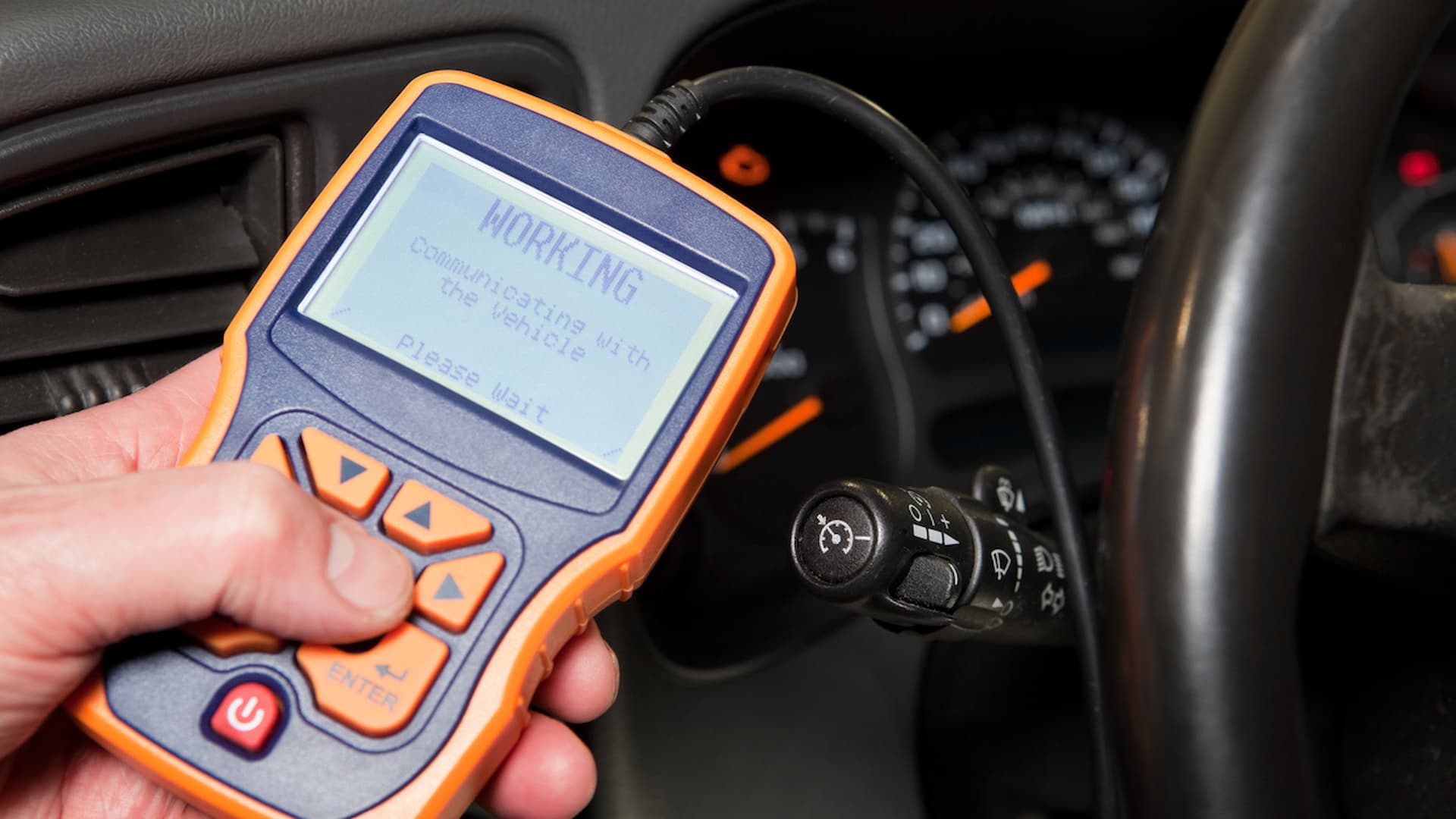If you browse the various automotive forums on the internet, you will often come across the name OBD2. What is OBD2? Does it allow a car owner to self-diagnose a car? Does it allow you to fix engine faults? Or does it allow a car to keep moving when the car’s computer is telling it not to?
OBD2 (On-Board Diagnostic level 2) is the second level of on-board diagnostics. The OBD1 interface was developed in the early 90s (as a requirement of the Californian authorities). The purpose of introducing a common standard was the ability to quickly diagnose the problem, which could affect the increase of pollutant emissions from the car. This gave rise to the OBD2 standard diagnostic connector. In the USA, on-board diagnostics became mandatory in 1996. The EU first introduced it as a standard for petrol engines (2001) and later for diesel engines (2003).
What is the diagnostic connector used for? Firstly, we are able to decipher the error code of the engine. This makes it much easier to carry out the necessary repairs or provides an opportunity for an independent remedy. We can also clear the fault either before or after the repair. For example, in some cars, the transition of the engine into an emergency mode often causes various failures. The car starts to work ‘dirty’, running at around 2000 rpm. Troubleshooting may allow you to get out of the safe mode if the fault does not restart it. This will be useful when we are on holiday abroad, where it can be difficult to find a mechanic.
In addition to engine diagnostics, we can read a range of data that teaches us how to drive economically. We will have access to a very powerful computer which will show us fuel consumption per hour (or average consumption), fuel pressure in the injector rail, lambda probe operation, engine temperature. The reading of each parameter depends on the car’s specification and the software used.
To ensure accurate operation, we need the right software and an OBD2 diagnostic scanner. Most scanners are based on the ELM327 chip. We also have a range of scanners that work via USB, Bluetooth and Wi-Fi. They have different prices. They have a similar principle of operation, only the way they connect to our devices is different. More expensive models are often more robust and have circuit breakers. The circuit breaker is very useful. If we want to keep the scanner in our car, there is no risk of discharging the battery. On the other hand, this risk is small in everyday use in the car, as the power consumption of the scanner is minimal.
A USB scanner can only be connected to a computer running Windows, Mac OSX and Linux. Note that in this case the software is the most expensive. The scanner itself is cheap, but the software will be too expensive. This is an extra cost. Free demo versions are often truncated and almost impossible to learn from. The most popular programmes are PCMSCAN, Dash Command and ScanXL.
A Bluetooth scanner is the most versatile.
It is not only connected to the iPhone, because Apple uses a different Bluetooth protocol and only the Wi-Fi version works with it. This diagnostic device works with Android, Symbian, Windows Phone and PC (which has a Bluetooth receiver). It is worth using the Torque for Android. It will cost you a few tens of dollars (in the Google Play store). Some car stereos (Parrot, for example) can communicate with a scanner via Bluetooth and display the information on your screen.
The most expensive solution is a Wi-Fi scanner, which may work with iPhone. It also works with Android devices. The scanner creates its own Wi-Fi network. The disadvantage of this solution is that you cannot use the internet on your phone at the same time. The most popular iPhone applications are Dash Command, OBD Doctor and OBD Fusion.
